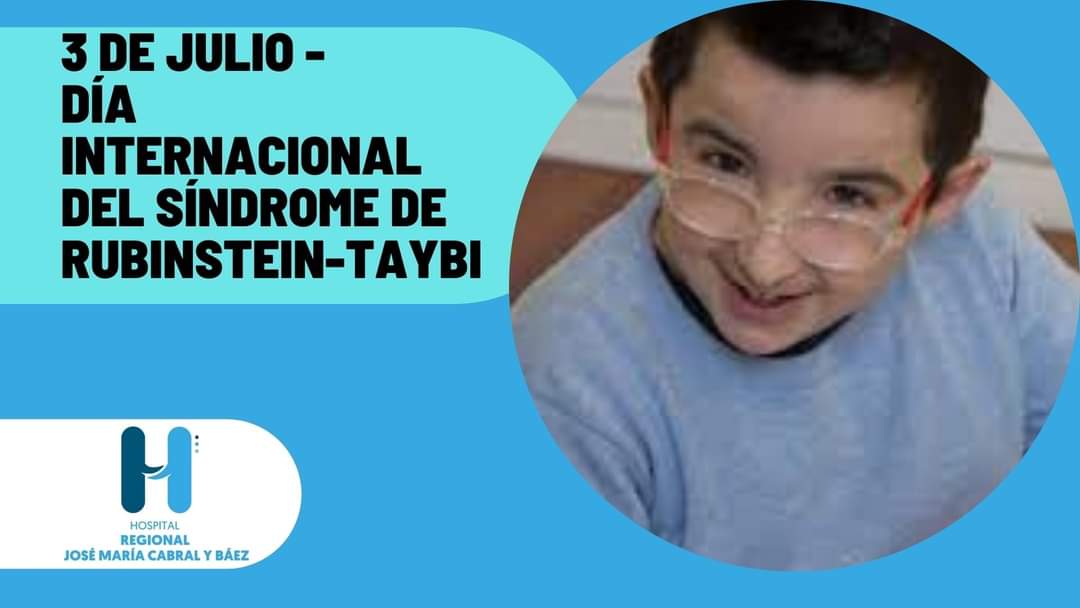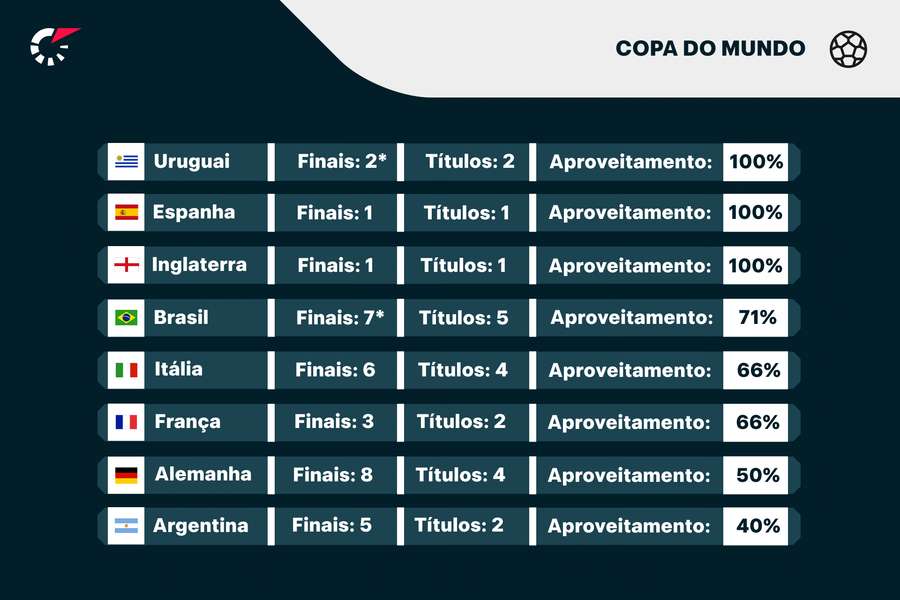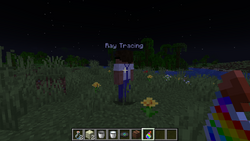PDF] Patent Ductus Arteriousus Device Closure in an Infant with Rubinstein–Taybi Syndrome
Por um escritor misterioso
Descrição
A typical six-month-old girl with Rubinstein–Taybi syndrome was presented with typical facial changes including downward-sloping palpebral fissures, prominent forehead, hypertelorism, limited mouth opening, large beaked nose, and high arched palate. Rubinstein–Taybi syndrome (RTS) was first described by Michail et al[1] and subsequently by Rubinstein and Taybi[2]. We present a typical six-month-old girl with RTS. Her mother had ovarian cancer and polyhydramnios during the pregnancy. Parents are closely related. There were frequent respiratory infections resulting in two hospital admissions. Physical examination revealed typical facial changes including downward-sloping palpebral fissures, prominent forehead, hypertelorism, limited mouth opening, large beaked nose, and high arched palate (Fig. 1). A history of increased tearing was compatible with nasolacrimal duct obstruction. Other features include general hypotonia with delayed developmental milestones, short and broad thumbs and toes (Fig. 1). Chest x-ray showed cardiomegaly (Fig. 2). She had normal karyotype.
![PDF] Patent Ductus Arteriousus Device Closure in an Infant with Rubinstein–Taybi Syndrome](https://media.springernature.com/lw685/springer-static/image/art%3A10.1186%2Fs12887-021-02558-7/MediaObjects/12887_2021_2558_Fig1_HTML.png)
Study protocol: baby-OSCAR trial: Outcome after Selective early treatment for Closure of patent ductus ARteriosus in preterm babies, a multicentre, masked, randomised placebo-controlled parallel group trial, BMC Pediatrics
![PDF] Patent Ductus Arteriousus Device Closure in an Infant with Rubinstein–Taybi Syndrome](https://onlinelibrary.wiley.com/cms/asset/4ce6779d-2330-4abf-bb6e-2cd14e352bf1/jocs15171-fig-0001-m.jpg)
Bedside surgical ligation of the patent ductus arteriosus in very‐low‐birth‐weight premature infants: Limited upper ministernotomy as an alternative approach - Akyuz - 2021 - Journal of Cardiac Surgery - Wiley Online Library
![PDF] Patent Ductus Arteriousus Device Closure in an Infant with Rubinstein–Taybi Syndrome](http://services.brieflands.com/cdn/serve/38/81/3881584ee506db8776a46a88097f2fe195e3f787/f2.jpg)
Patent Ductus Arteriousus Device Closure in an Infant with Rubinstein–Taybi Syndrome, Iranian Journal of Pediatrics
![PDF] Patent Ductus Arteriousus Device Closure in an Infant with Rubinstein–Taybi Syndrome](https://onlinelibrary.wiley.com/cms/asset/573a4ca4-3e69-4118-b17d-83e5c89f1a72/apa15826-fig-0001-m.jpg)
Early closure mechanisms of the ductus arteriosus in immature infants - Hallman - 2021 - Acta Paediatrica - Wiley Online Library
![PDF] Patent Ductus Arteriousus Device Closure in an Infant with Rubinstein–Taybi Syndrome](https://media.springernature.com/m685/springer-static/image/art%3A10.1186%2F1750-1172-4-17/MediaObjects/13023_2008_Article_151_Fig5_HTML.jpg)
Patent arterial duct, Orphanet Journal of Rare Diseases
![PDF] Patent Ductus Arteriousus Device Closure in an Infant with Rubinstein–Taybi Syndrome](https://ars.els-cdn.com/content/image/1-s2.0-S1058981319301821-gr3.jpg)
Transcatheter closure of patent ductus arteriosus in a tiniest baby – 510 grams - ScienceDirect
![PDF] Patent Ductus Arteriousus Device Closure in an Infant with Rubinstein–Taybi Syndrome](https://media.springernature.com/lw685/springer-static/image/art%3A10.1186%2F1750-1172-4-17/MediaObjects/13023_2008_Article_151_Fig3_HTML.jpg)
Patent arterial duct, Orphanet Journal of Rare Diseases
![PDF] Patent Ductus Arteriousus Device Closure in an Infant with Rubinstein–Taybi Syndrome](https://www.frontiersin.org/files/Articles/615919/fped-08-615919-HTML/image_m/fped-08-615919-g001.jpg)
Frontiers Transcatheter Closure of Patent Ductus Arteriosus in Premature Infants With Very Low Birth Weight
![PDF] Patent Ductus Arteriousus Device Closure in an Infant with Rubinstein–Taybi Syndrome](https://www.frontiersin.org/files/Articles/577198/fped-08-00516-HTML-r1/image_m/fped-08-00516-g001.jpg)
Frontiers Molecular and Mechanical Mechanisms Regulating Ductus Arteriosus Closure in Preterm Infants
![PDF] Patent Ductus Arteriousus Device Closure in an Infant with Rubinstein–Taybi Syndrome](https://europepmc.org/articles/PMC7605084/bin/PEDS_20201209_f3.jpg)
Patent Ductus Arteriosus of the Preterm Infant. - Abstract - Europe PMC
de
por adulto (o preço varia de acordo com o tamanho do grupo)







